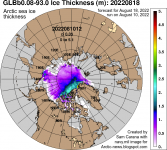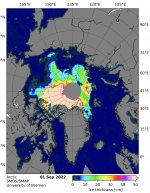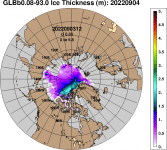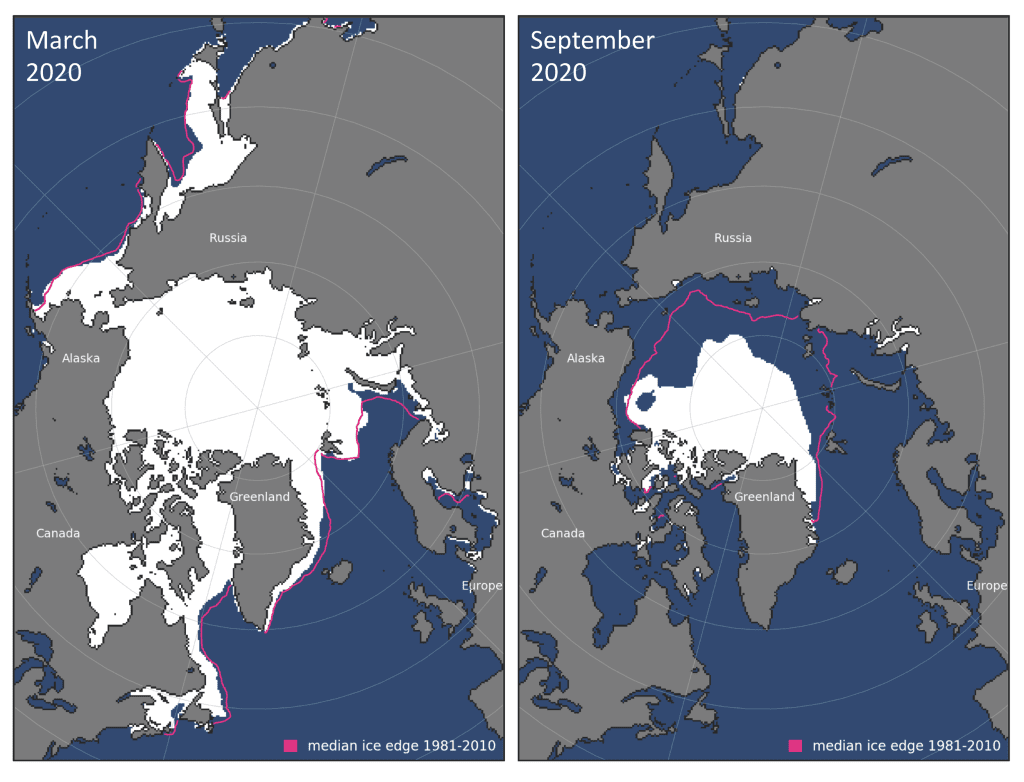- Reaction score
- 16,343
- Points
- 1,160
Spent a lot of time on the Ready and RacerWell, I drove Rally when she was in the reserve fleet, and my recolection is twin diesel driving screws. Maybe Colin can correct me if I am wrong.
Maybe you have a different R-class in mind. These were dinky toy little 95 footers used as SAR cutters with pretty small engine compartment. Diesel electric drives would have been pretty complex things to put in such small vessels. Besides, I distinctly remember that we had to "click" the throttles in at the lowest setting and wait a second or two for the screws to engage before we could slowly ramp up the RPMs, which to me is indicative of a fixed pitch screws on diesel driven shafts - not electric motors.
Perhaps it is the MCDVs you have in mind. They are diesel electric ships set up the same way as the AOPS (or rather, the AOPS are set up like the MCDVs because "chicken and egg").
They started with Twin Cummings for propulsion through individual gearboxs , shaft and screws. There were two Cat generators on either side. Later the CCCG replaced the Cummings with DEUTZ's. One Generator was hard mounted to run fire pump. That one rattled your teeth running, so we ran it for the first week of patrol and then switched to the quiet one for the 2nd.









